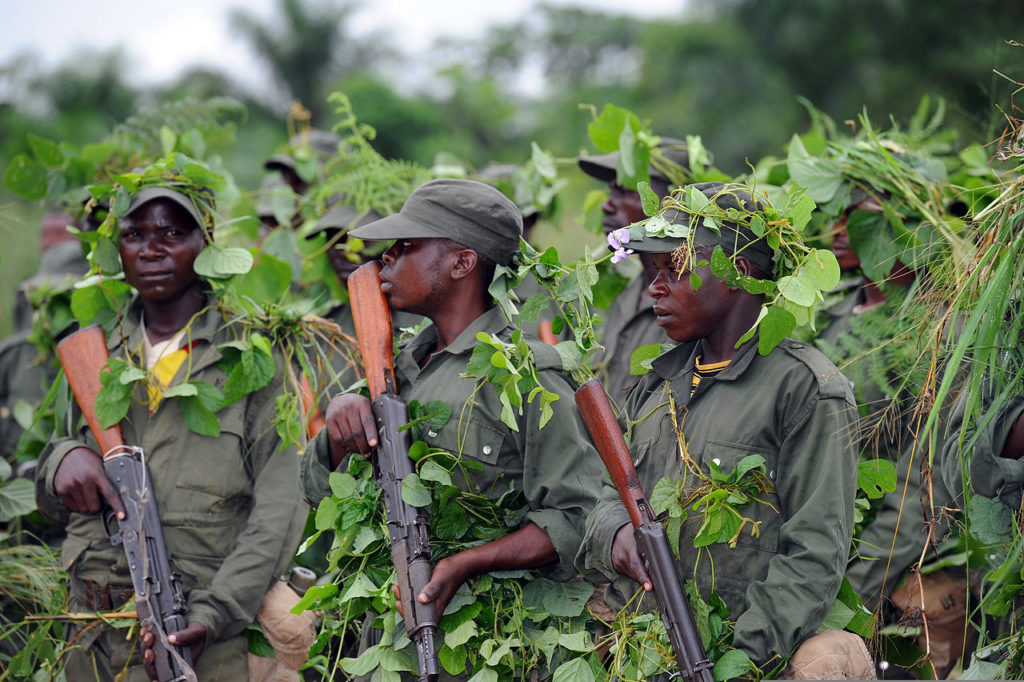
From Foe to Friend? army integration after war in Burundi, Rwanda and the Congo

This article examines the integration processes of rebel and government forces in three African armies after war with the aim of enhancing the understanding of which conditions and which actors drive these processes forward. In addition, the objective is to evaluate how successful these different processes have been and what effects they have had on the peacebuilding processes. The author adopts a comparative case study approach of Burundi, Rwanda and the Congo, and examines their respective integration processes. An altered version of Galtung’s structural theory of integration is applied to identify different means, methods and results. The author finds that professionalization, socialization, welfare-provision and political education are all used to various extent to promote conditions for integration. The author argues that while a functional army capable of conducting major military operations is a sign of successful integration, it does not necessarily have a positive effect on the peacebuilding process if the relationship between the government and the army is undemocratic.
This paper was first published on Tandonline (International Peacekeeping, Volume 23, 2016 – Issue 1, pp. 79-106).
(Photo credit: Wikimedia Commons)